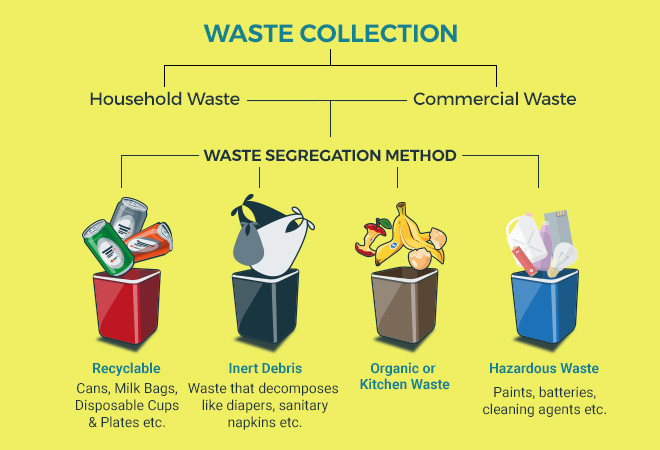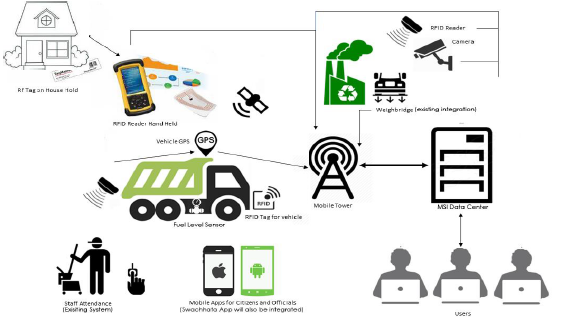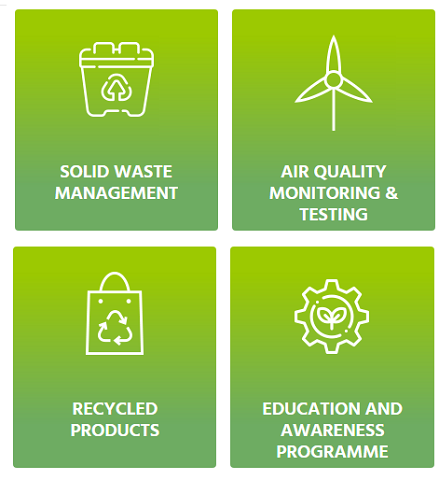- Have A Question?
- +91-9910744002
- [email protected]

Solid Waste Management
The increasing volume and complexity of waste associated with the modern economy is posing a serious risk to ecosystems and human health. Every year, an estimated 11.2 billion tonnes of solid waste is collected worldwide and decay of the organic proportion of solid waste is contributing about 5 per cent of global greenhouse gas emissions. Every year, an estimated 11.2 billion tons of solid waste are collected worldwide. Of all the waste streams, waste from electrical and electronic equipment containing new and complex hazardous substances presents the fastest-growing challenge in both developed and developing countries. Poor waste management - ranging from non-existing collection systems to ineffective disposal -causes air pollution, water and soil contamination. Open and unsanitary landfills contribute to contamination of drinking water and can cause infection and transmit diseases.
Our Aim
To improve livelihood through responsible use of natural resources for the welfare of present and future generations. To ensure proper recycling/processing of different kinds of waste to produce other useful consumable products. To provide solutions to environment and climate related problems.

Our work included:
• Waste characterization studies
• Planning approach and methodology
• Assessment of surveyed data
• Solid waste management sectoral analysis
• Design of micro-pocket plan for collection and segregation of Municipal Solid Waste
• Design of low cost operational model for waste collection and transportation
• Capacity building of stakeholders and focus group discussions
• Evaluation of treatment technology and investment and action plan for implementation
• Cost recovery model development
• Preparation of the final detailed project report
There has been technological advancement for processing, treatment and disposal of solid waste. Energy-from-waste is a crucial element of SWM because it reduces the volume of waste from disposal also helps in converting the waste into renewable energy and organic manure. Ideally, it falls in the flow chart after segregation, collection, recycling and before getting to the land fill. But many waste to energy plants in India are not operating to their full potential.

